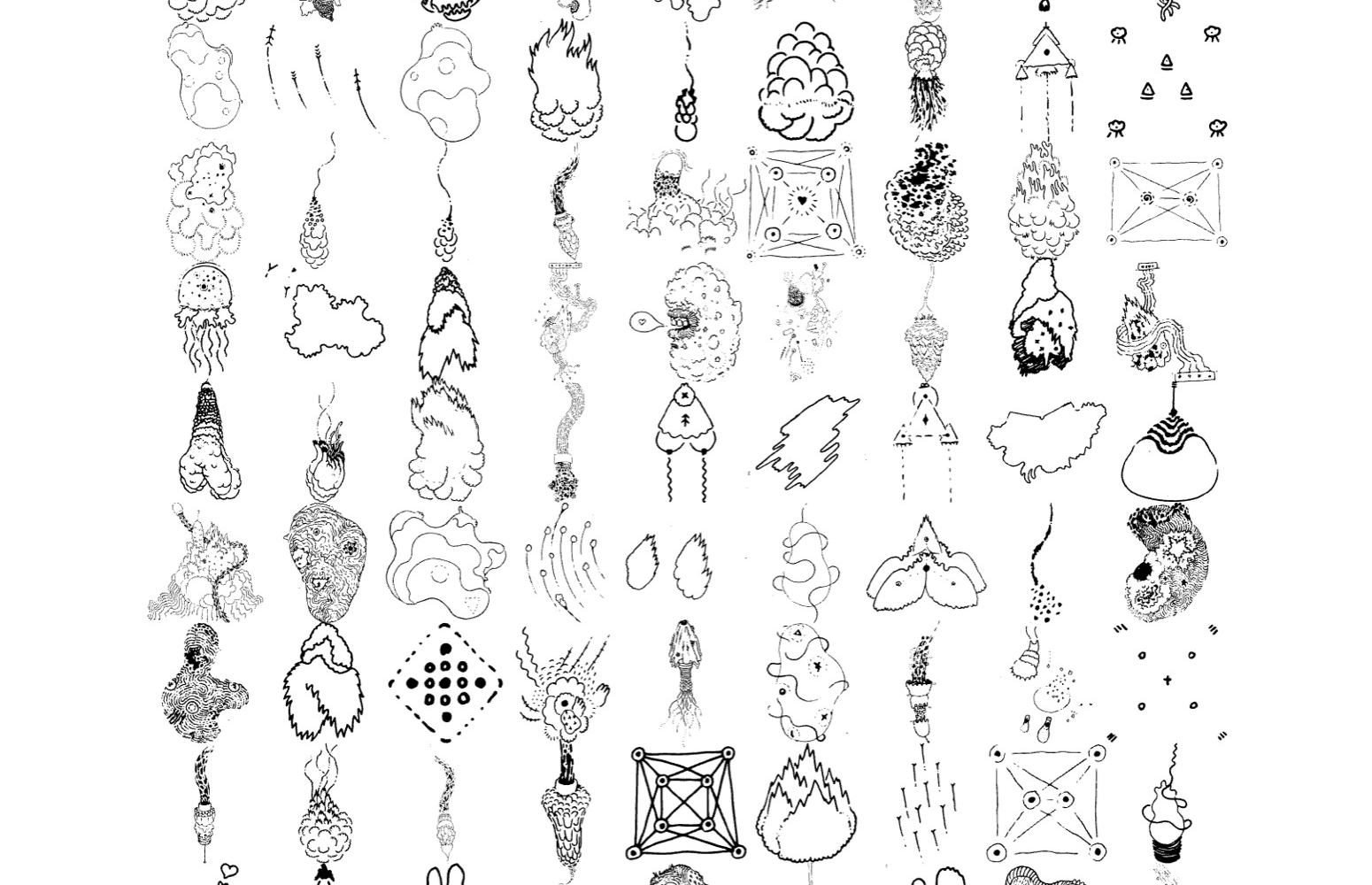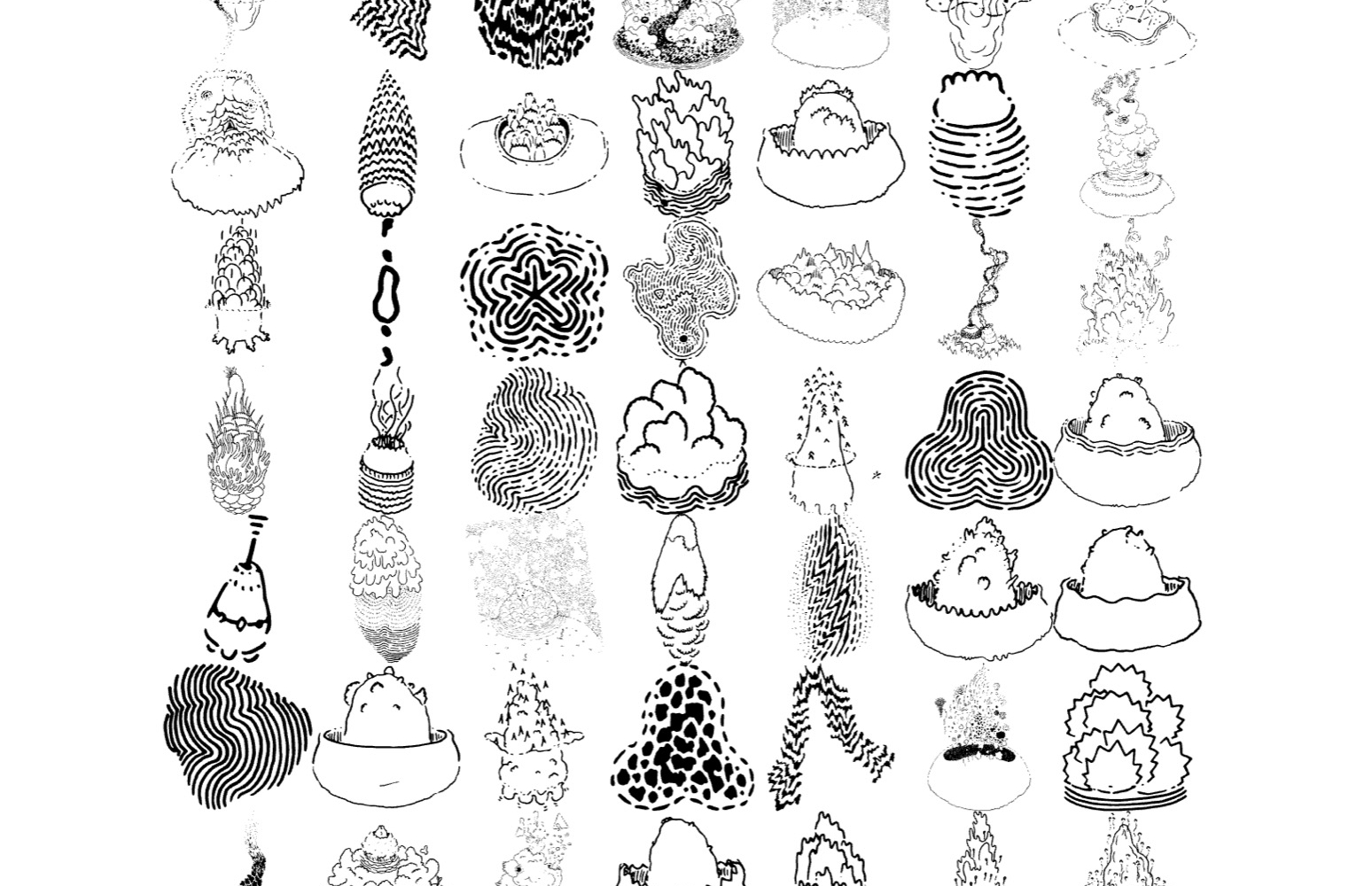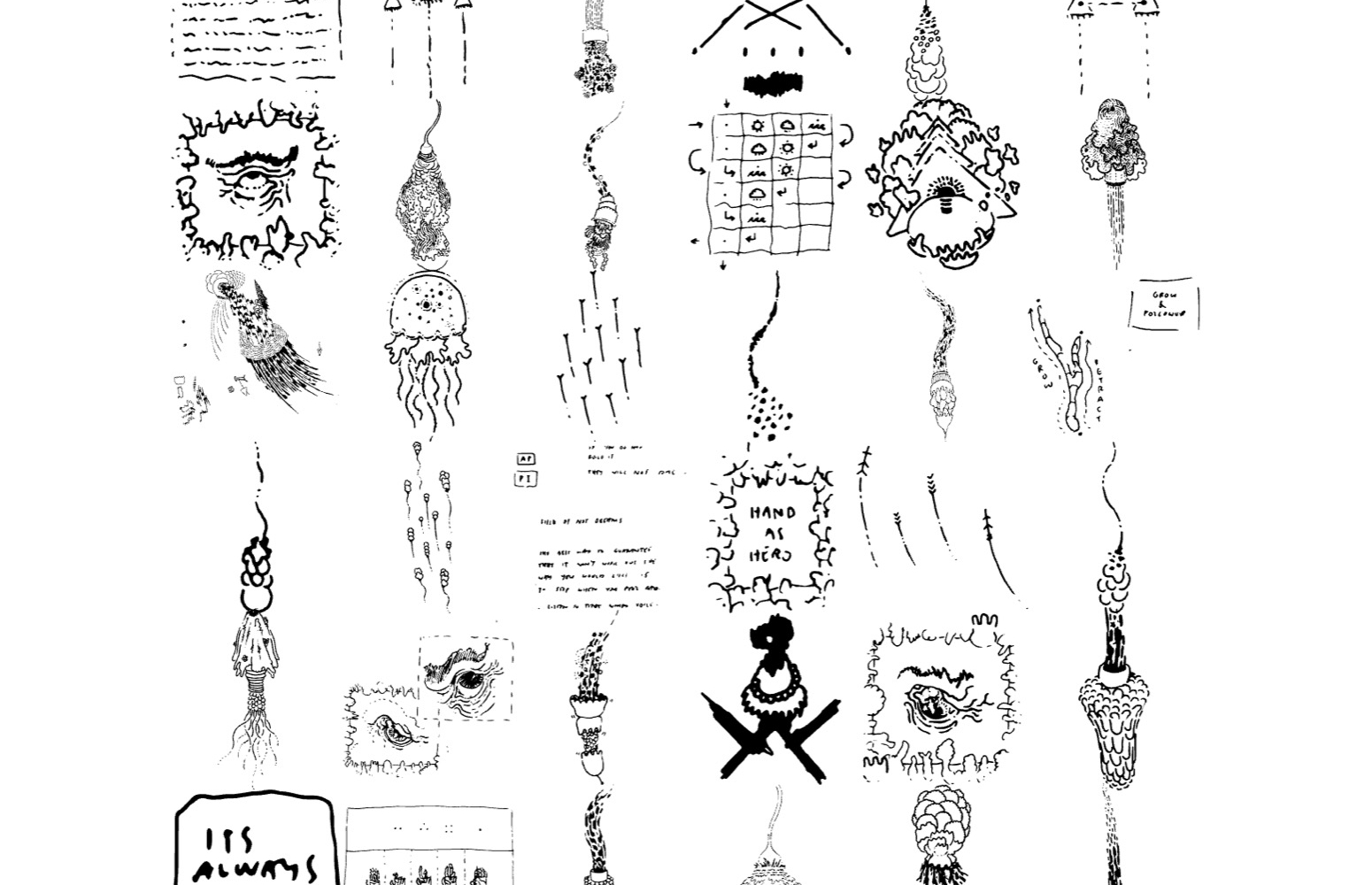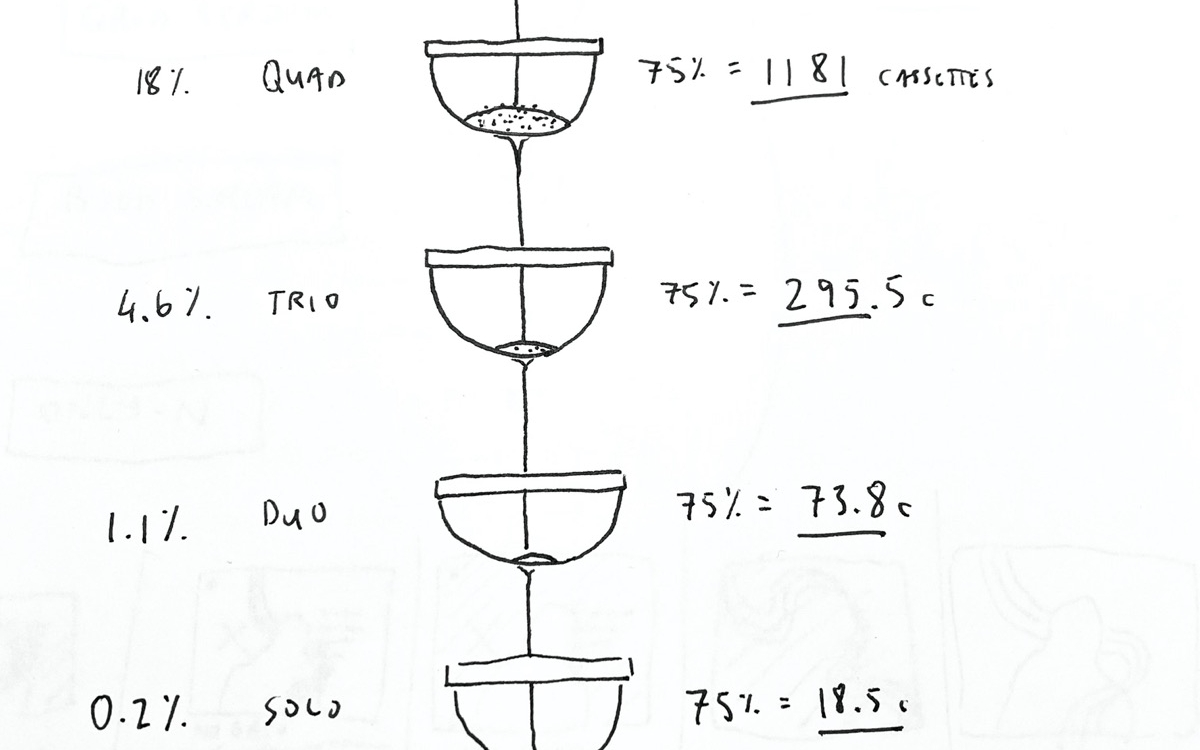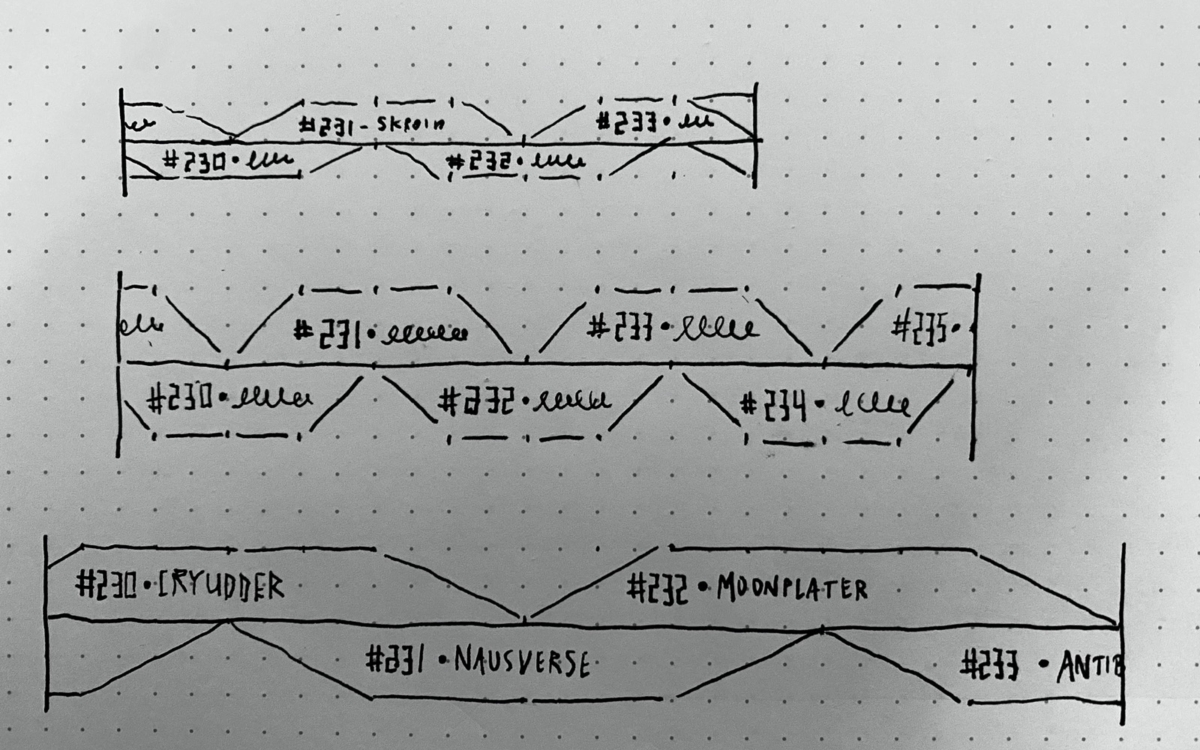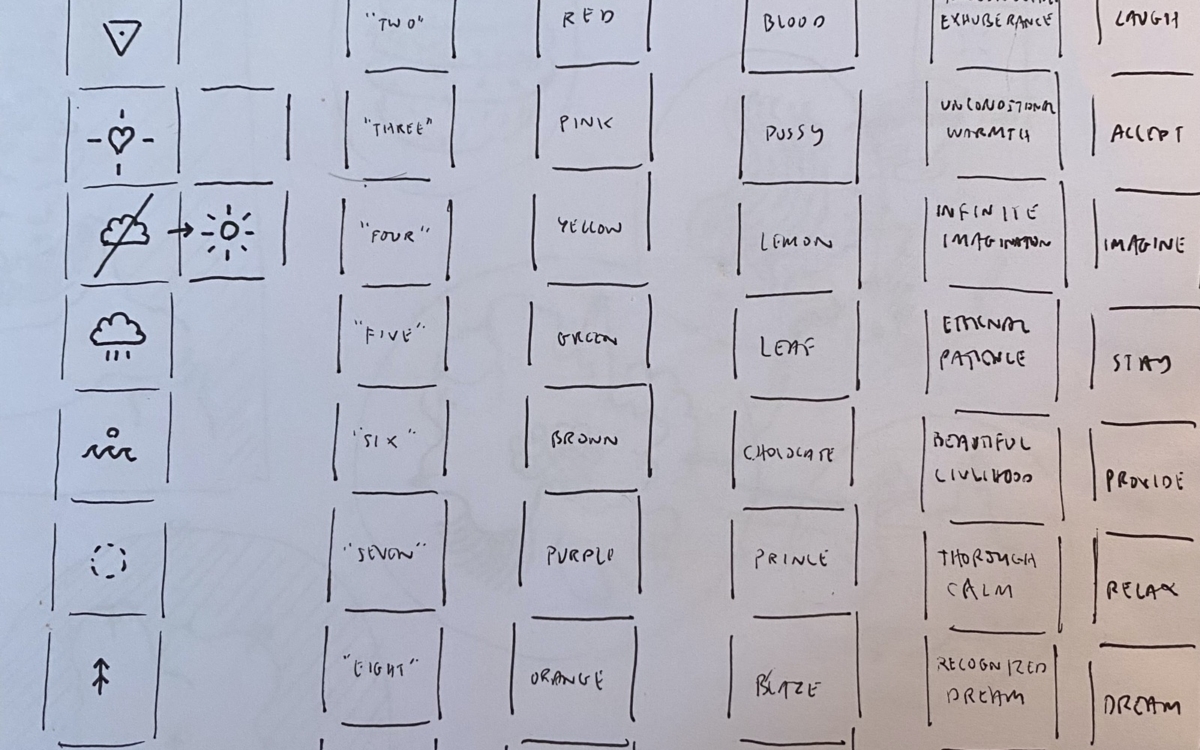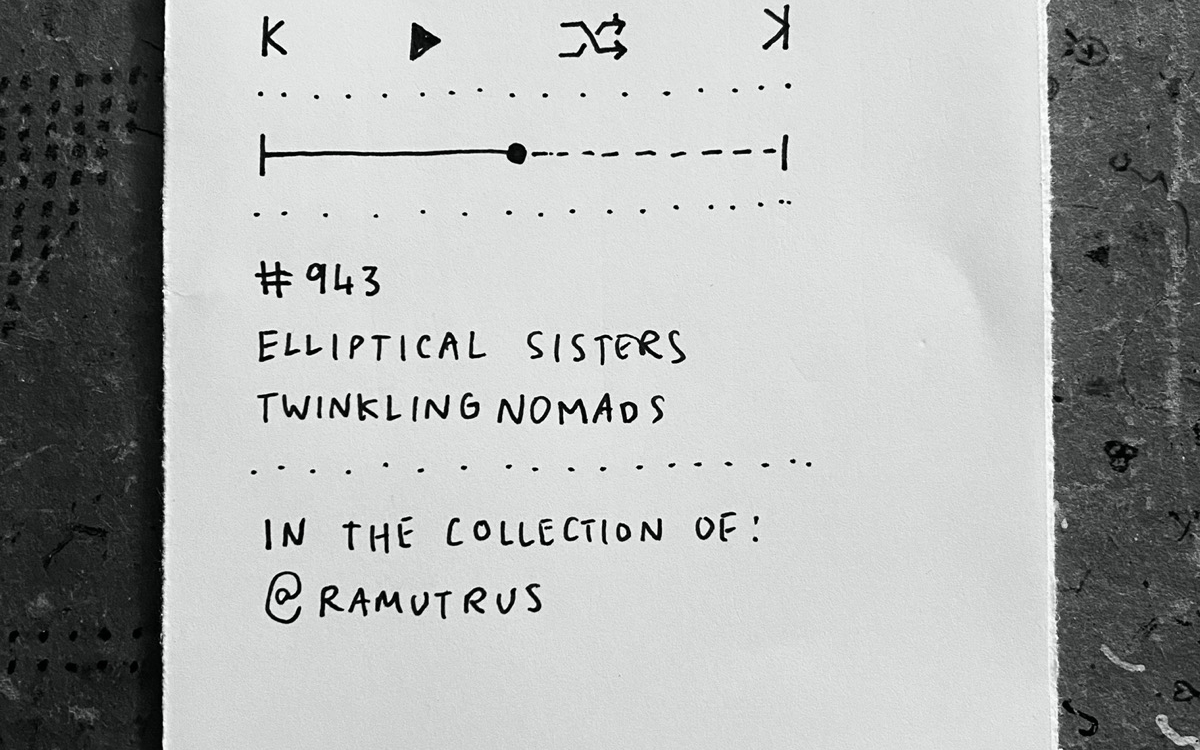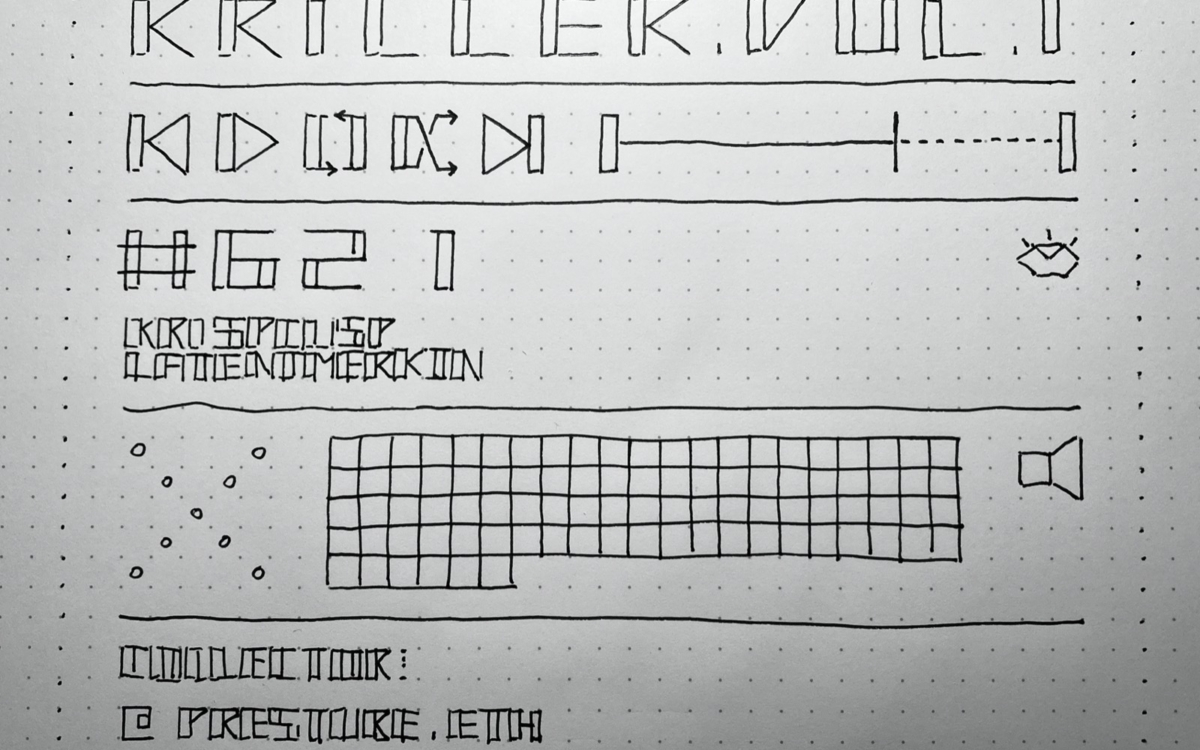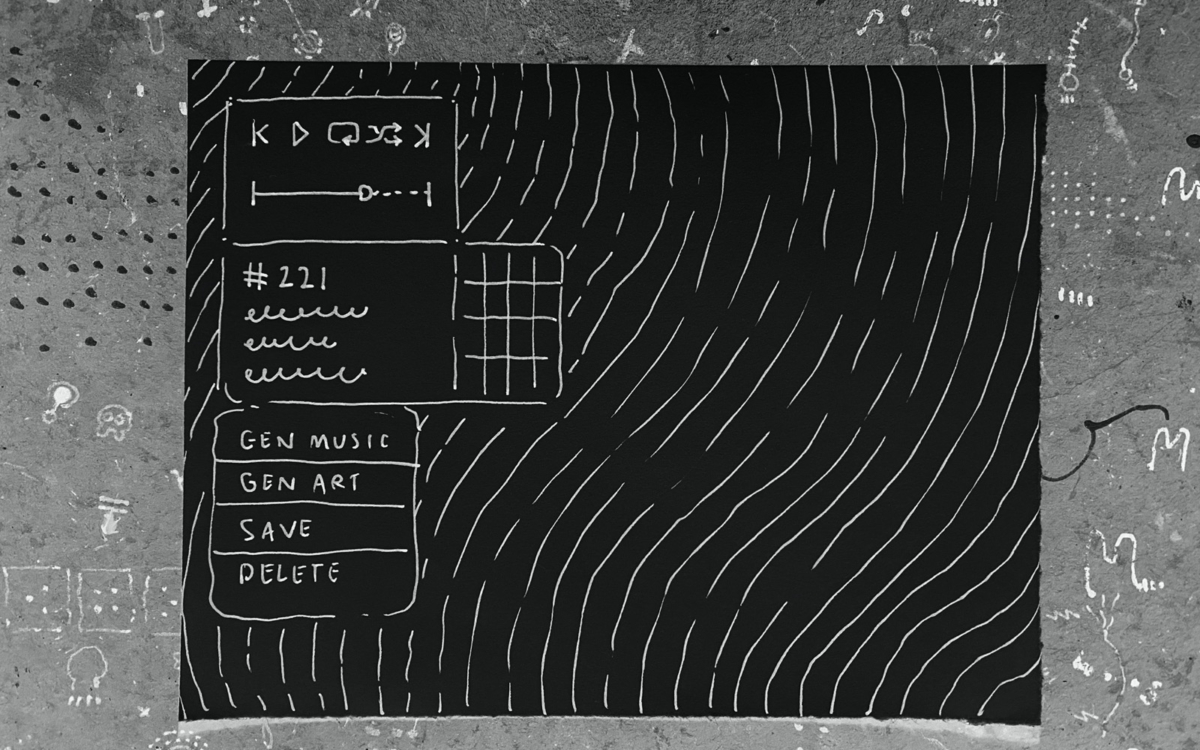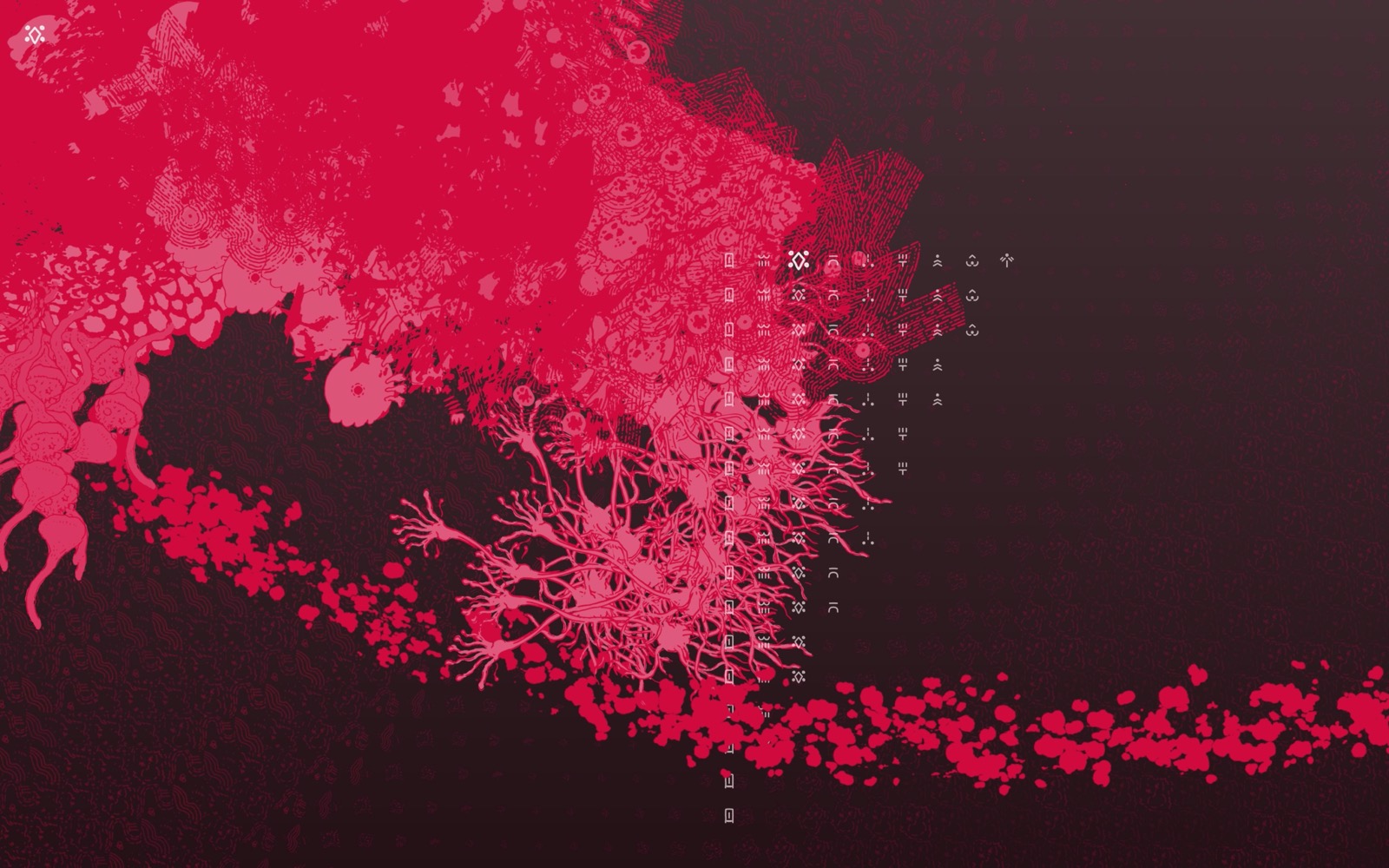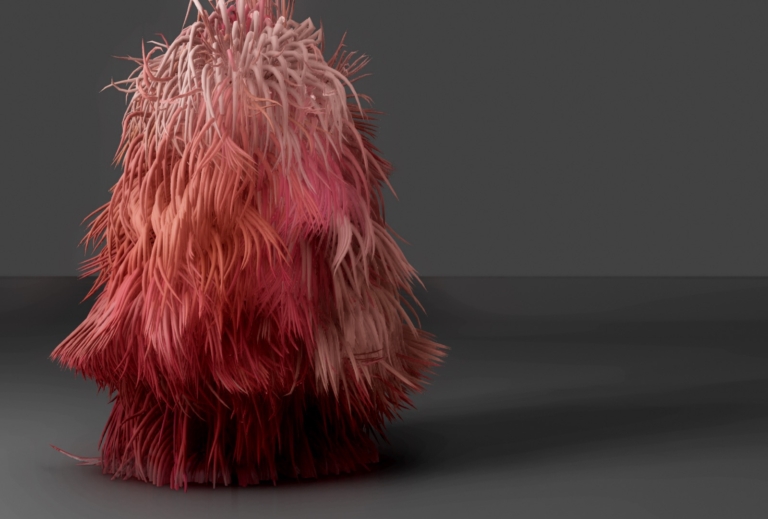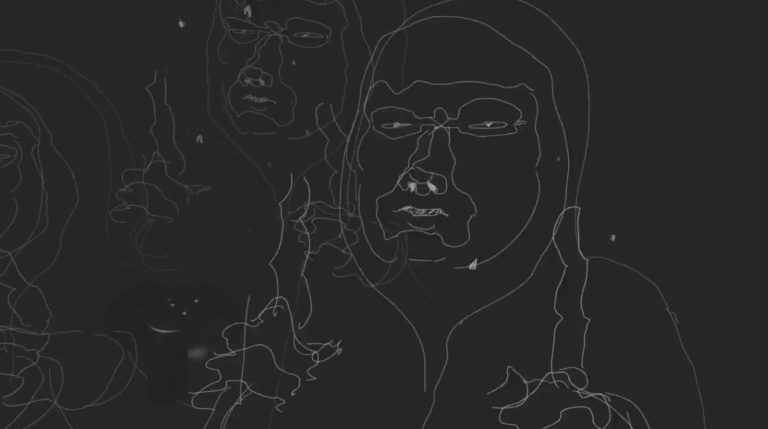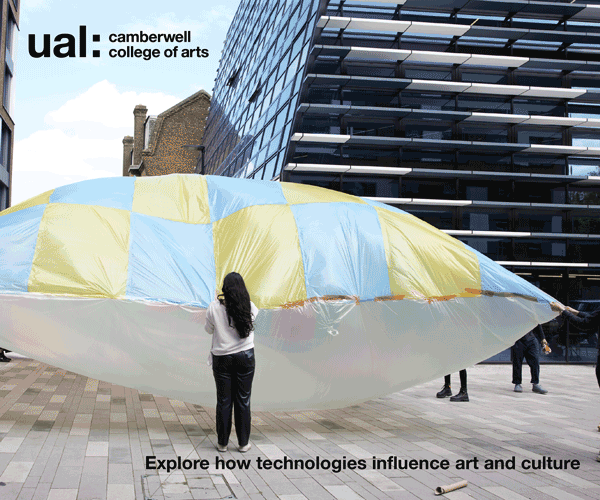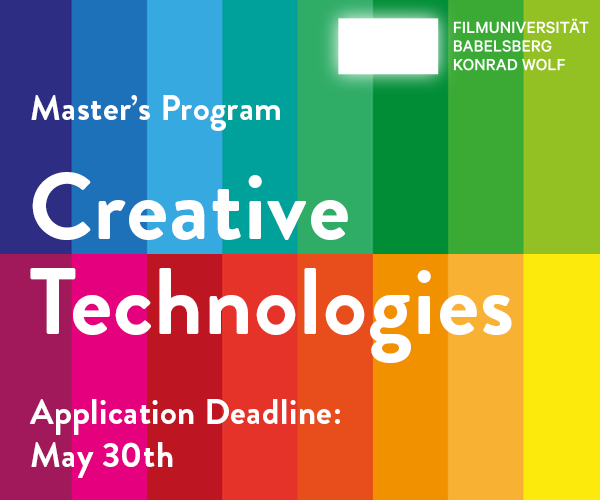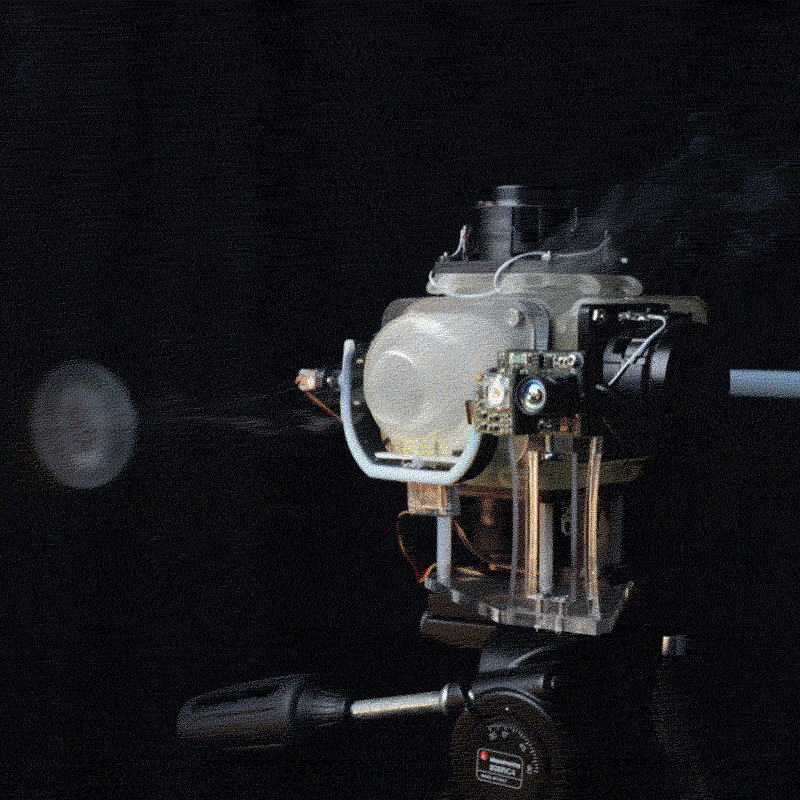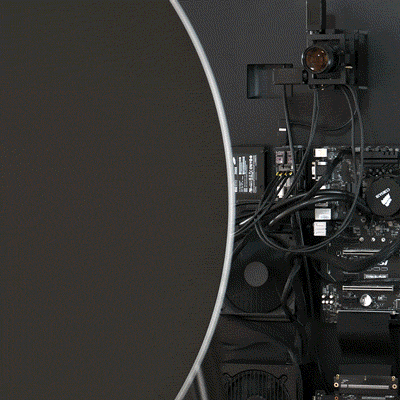Created by artist James Paterson and musician Stephen Ramsay, KRILLER is an eternally looping, seven day, globally synced audio-visual broadcast of synth soaked ambient software (online) experience. The weeklong broadcast is divided into 6300 software art ‘cassettes’, each bound to a specific moment of time during the week, minted by its fabricator, and seamlessly fusing with its predecessor and successor to form audiovisual duets and mashups.
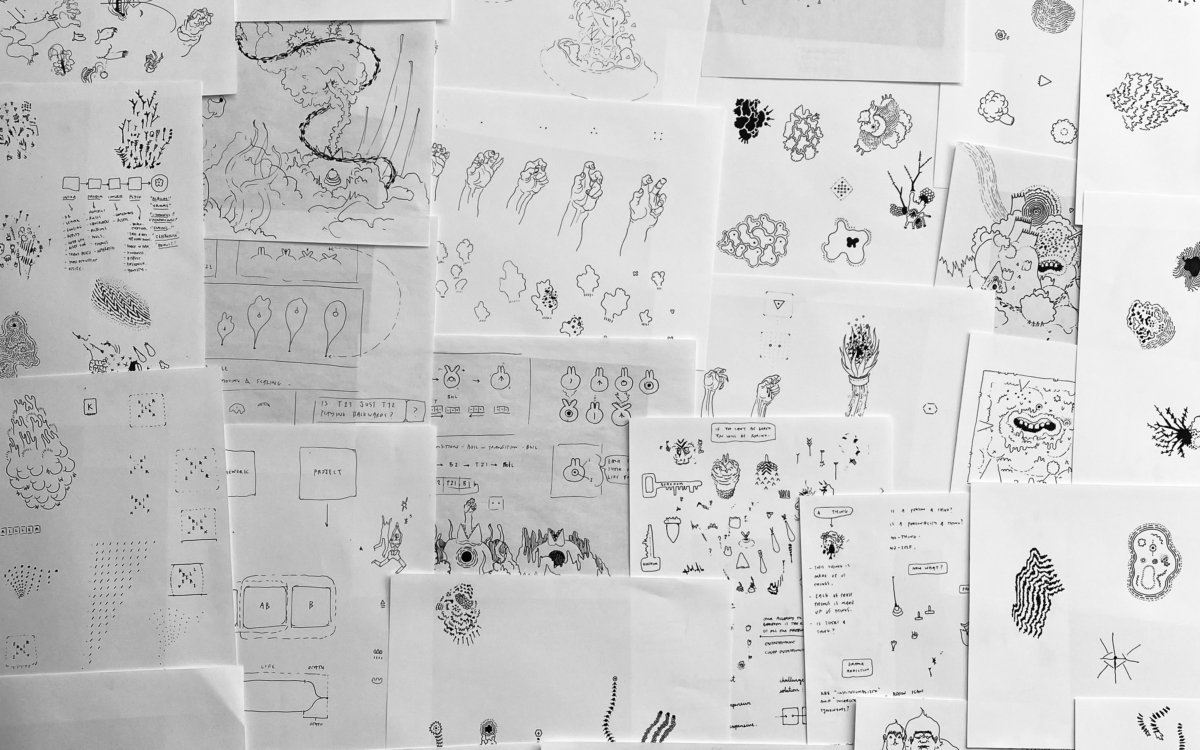
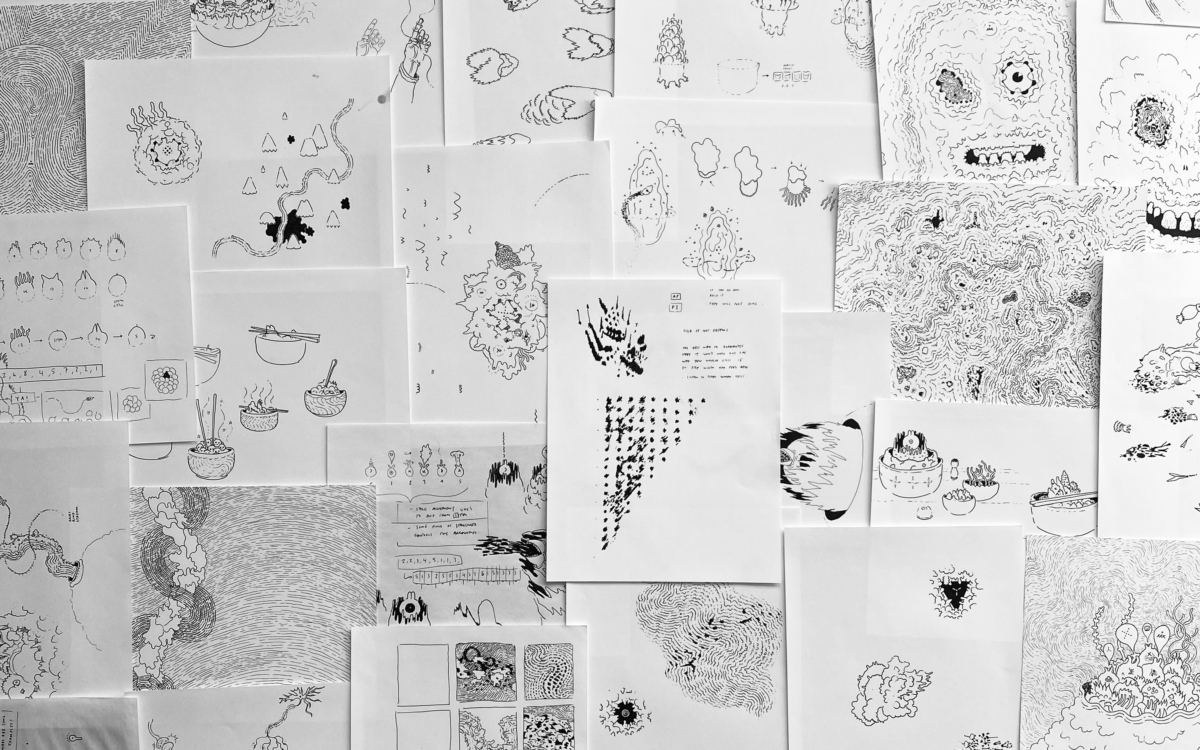
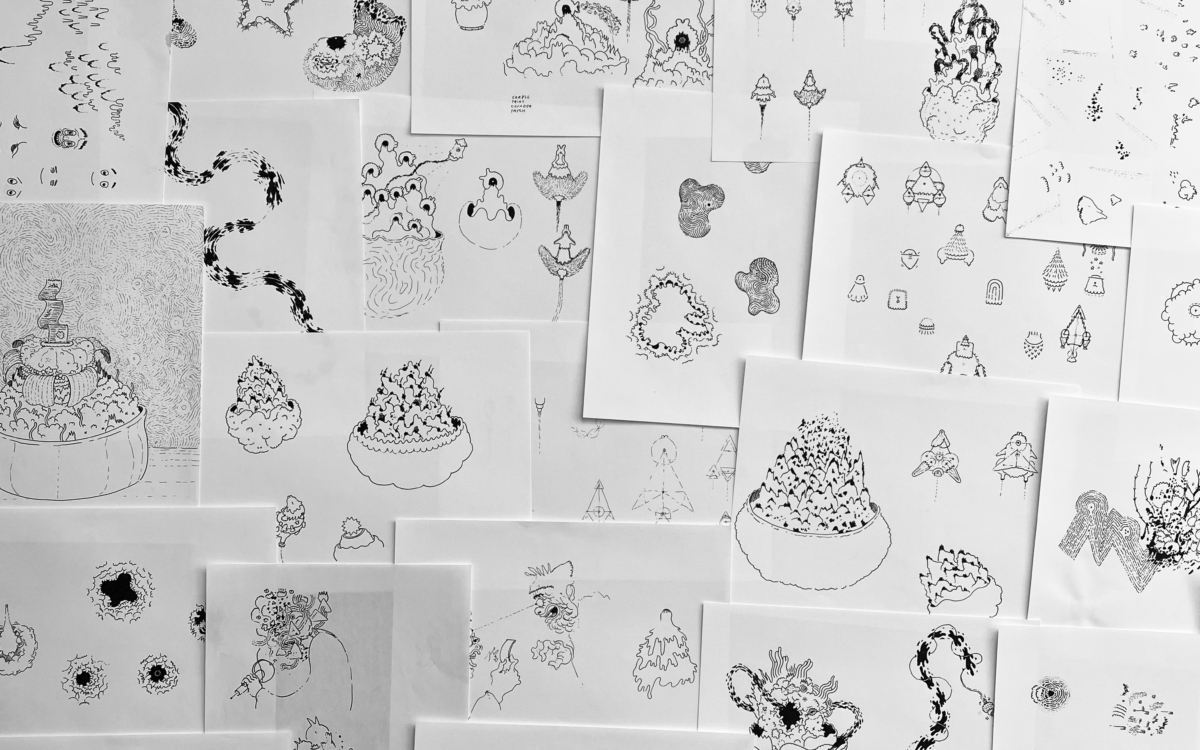
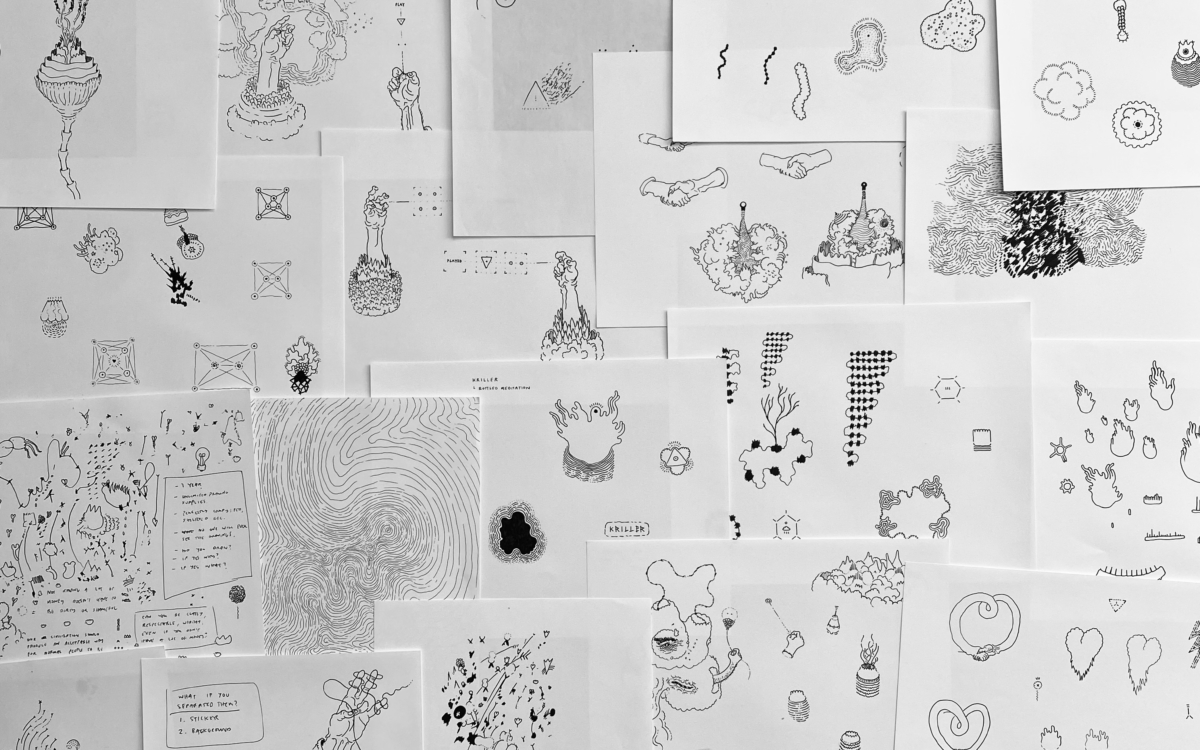
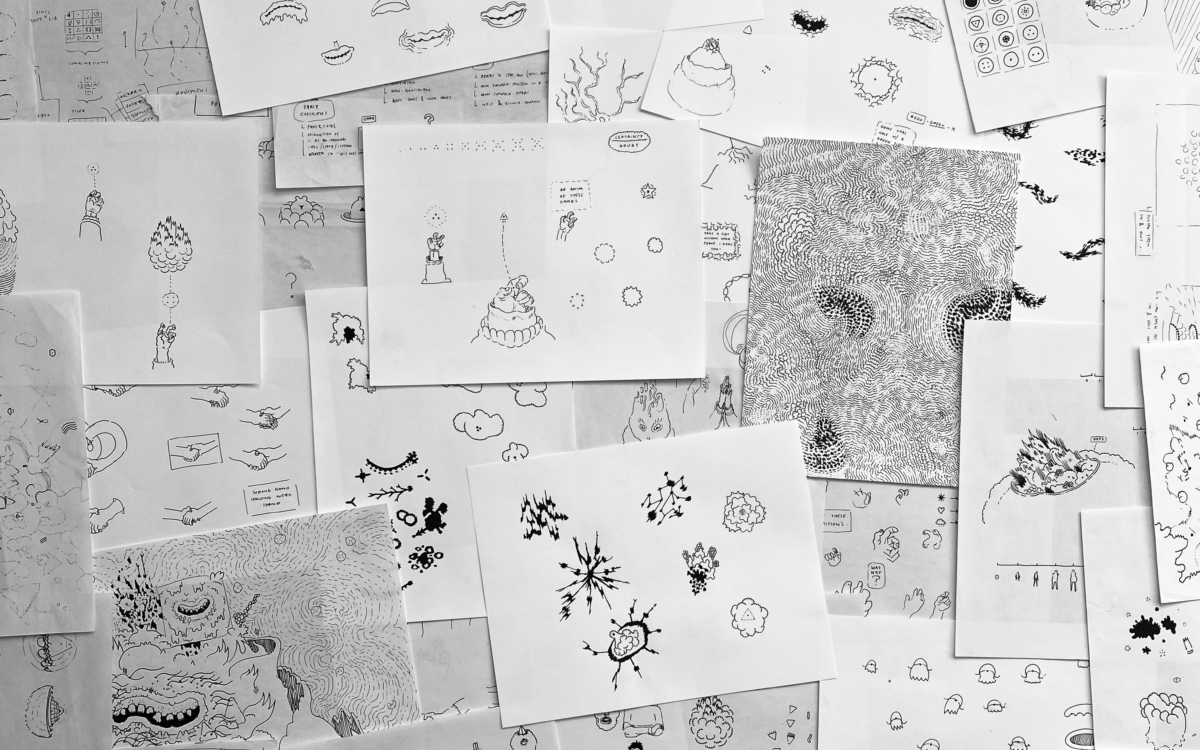
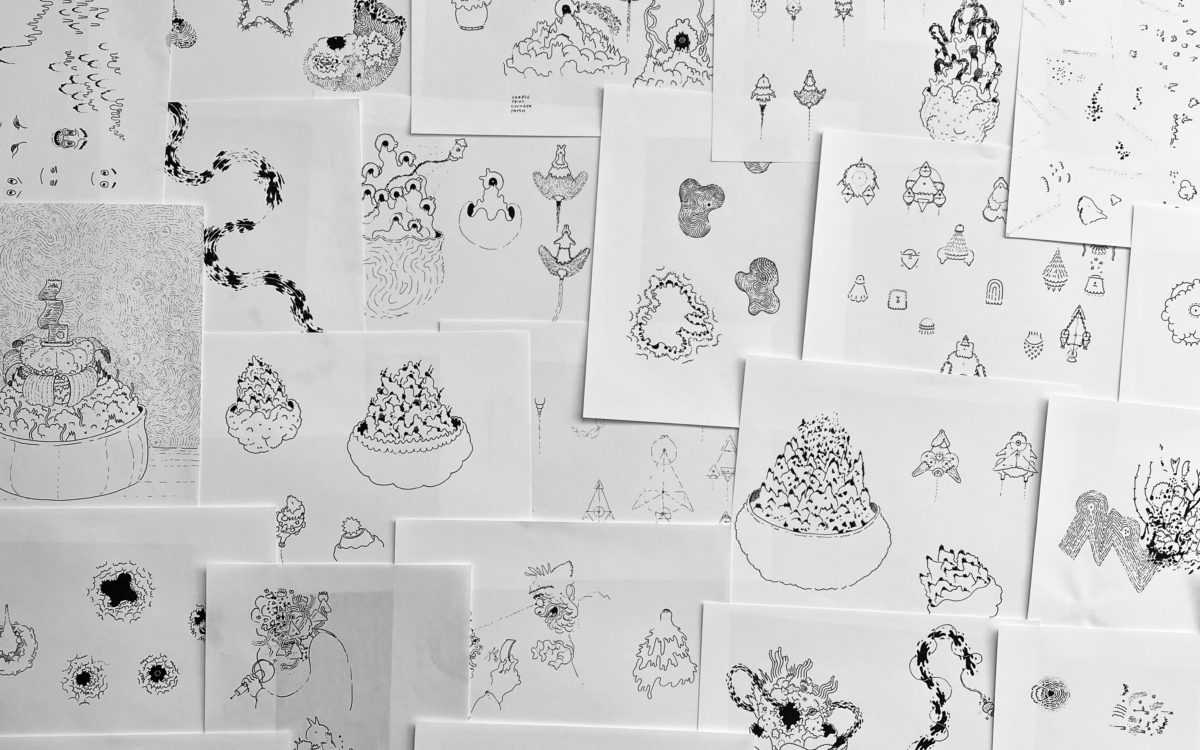
The work on KRILLER started with James transcribing a series of psychically infused textural blobs on 140lb cold press watercolour paper drawn with noire india ink. These psychically charged quill blobs, drawn over the last two decades, were scanned high-res, levels adjusted, and converted to vectors using Adobe Illustrator. Then, the vectorized blobs were fed to Adobe Animate (for many still Flash), to be cleaned up and turned into asset libraries, ready to then be fed to code. Adobe Animate allows for export into a JavaScript library file, ready to be manipulated by a JavaScript library called CreateJS: an ActionScript-analog created by Grant Skinner. Some CreateJS code leveraged to write one of KRILLER’s fundamental visual cast members, GRID, the row and column background element which acts like the rug holding KRILLER’s room together. GRID arranges visual assets in undulating, surging, animated sinusoidal patterns.
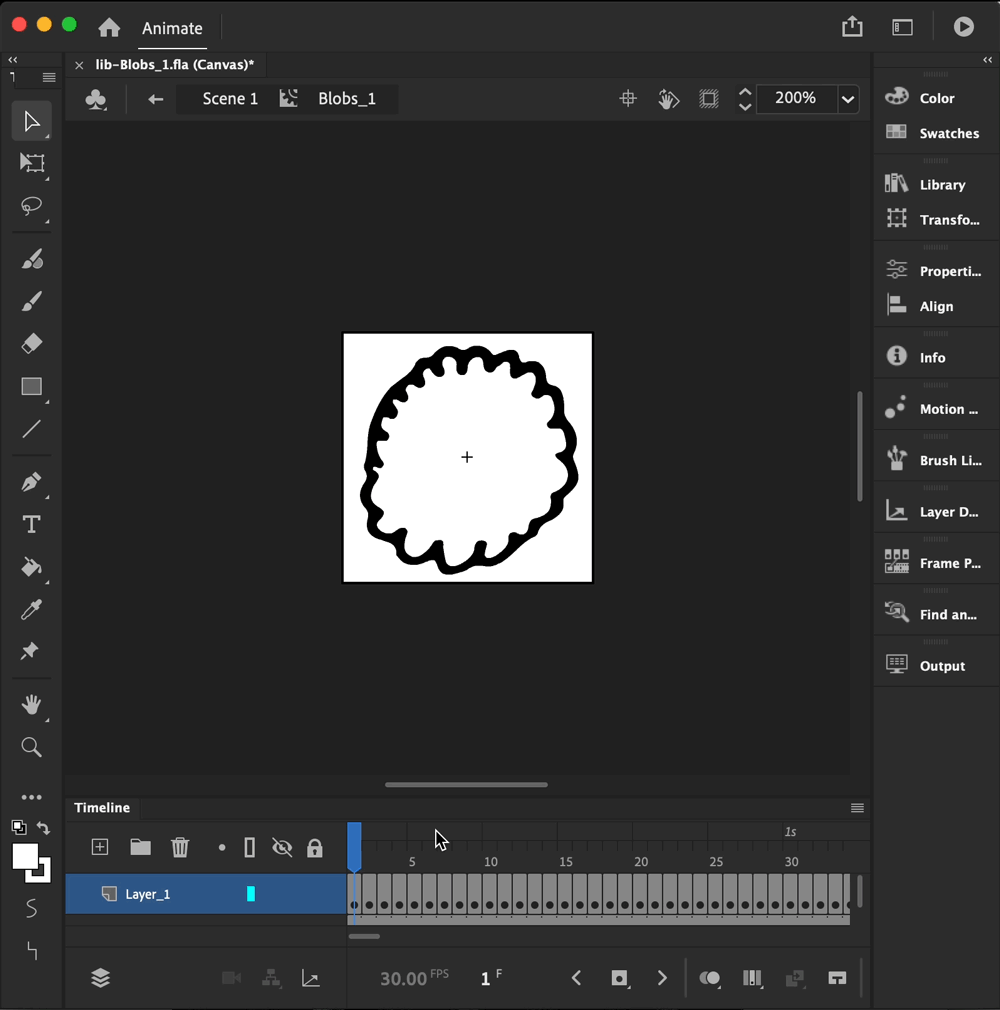
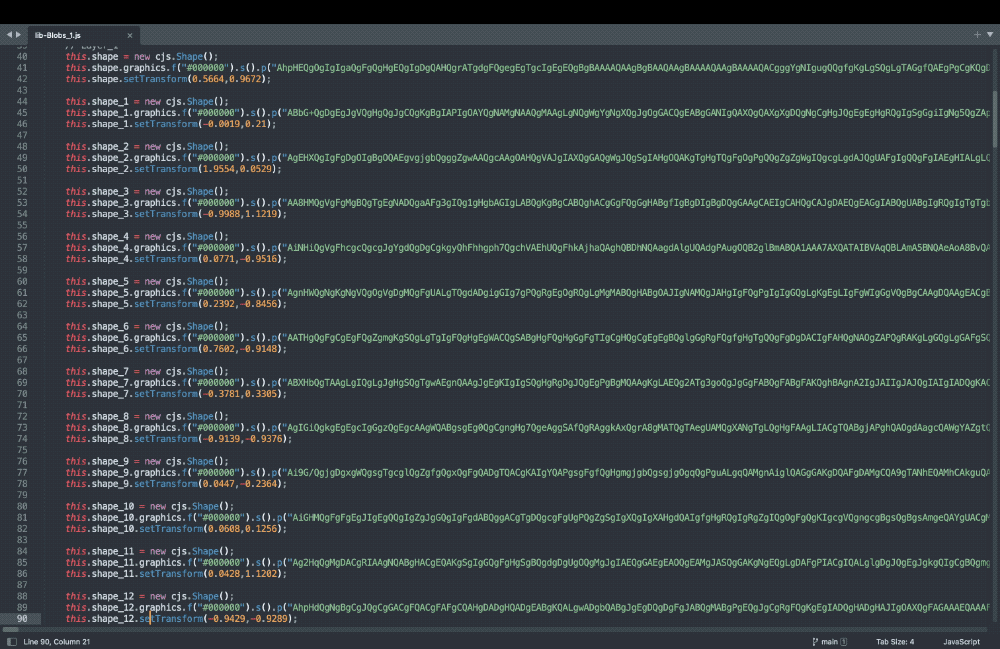
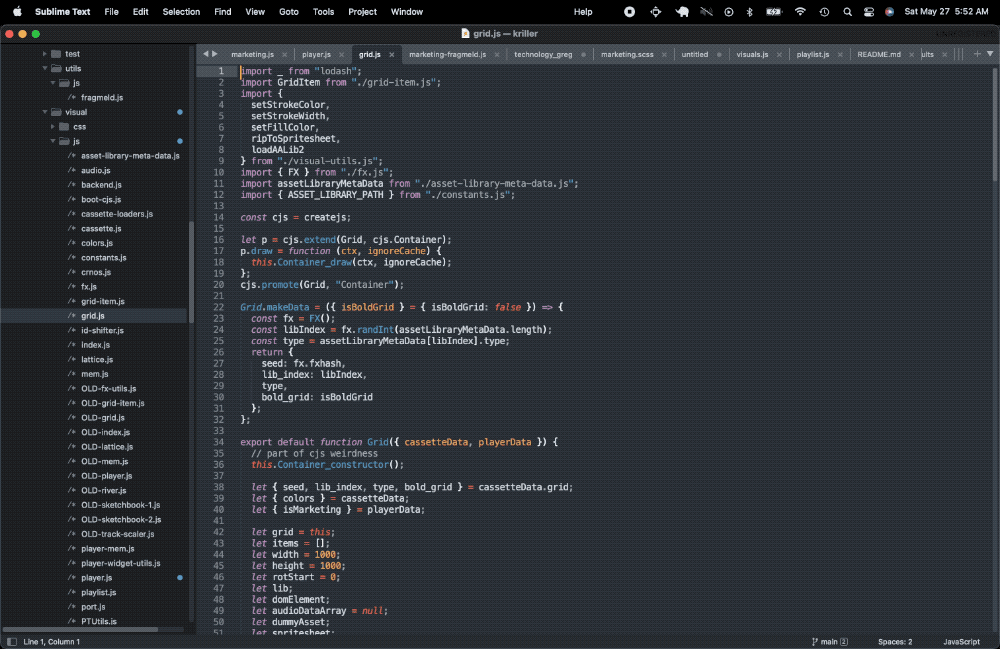
From a musical standpoint, KRILLER was born out of a logical progression of Stephen Ramsay’s previous collaborations with James, where he would present him with a visual that he would then create a soundtrack for. At first, the visuals would be random lengths and Stephen would just write music to them in a linear way, without much thought for timing, tempo or looping. James and Stephen had been discussing doing a generative project together, which meant they had to figure out a way of creating tighter protocols for the music and the visuals. They identified the correlation between the 24 fps frame rate of the video, and 120 BPM for the music, which would allow them to ‘lock’ the visuals to the music and vice versa. By locking the tempo, they could then create seamlessly looping audiovisuals if they wanted, and to create without having to refer to each other’s work.
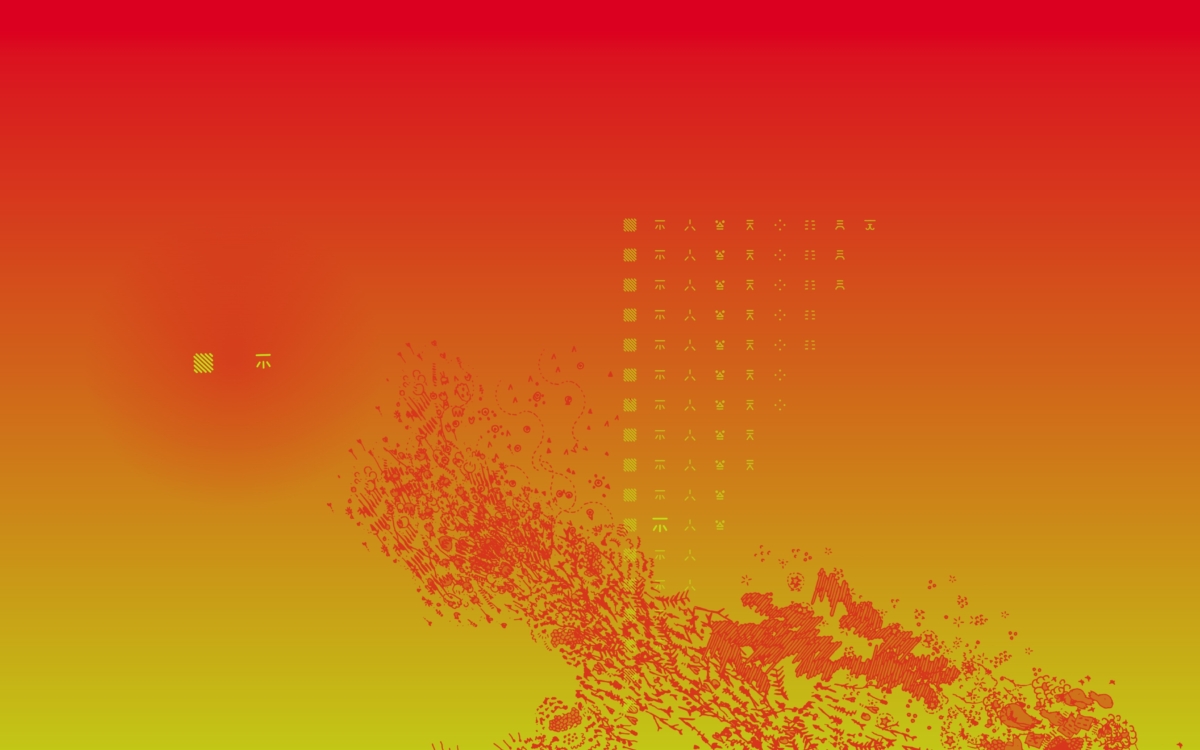
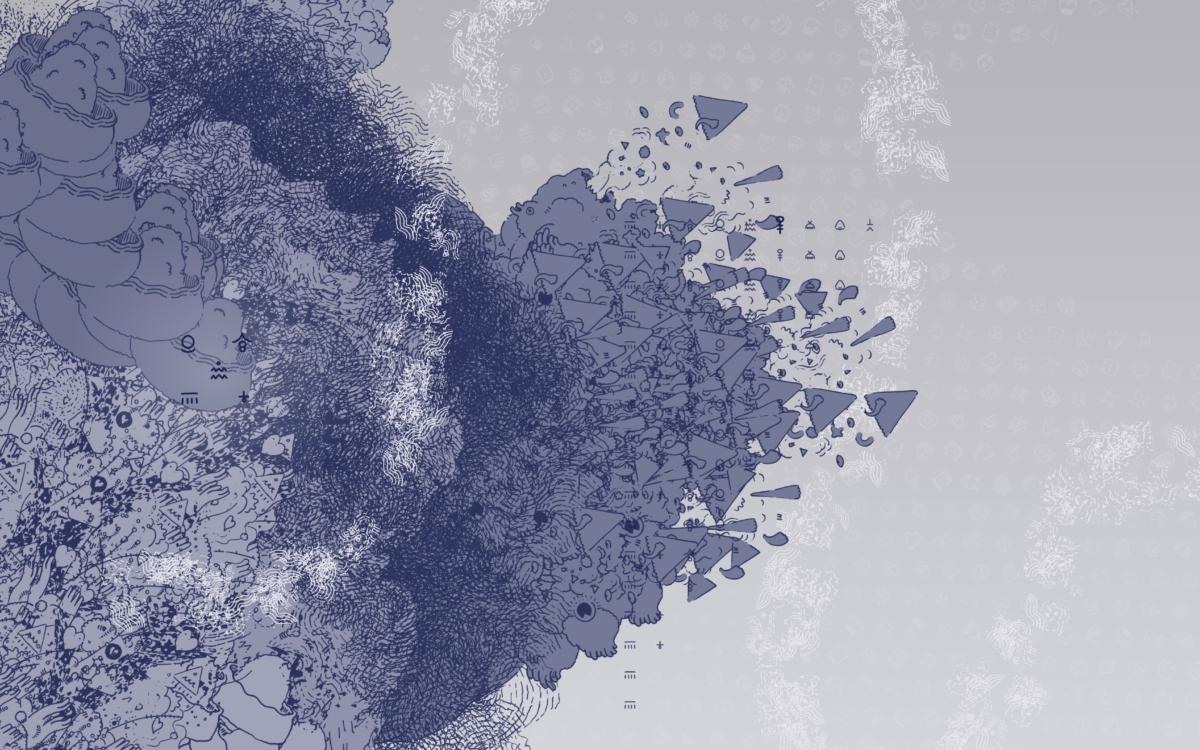
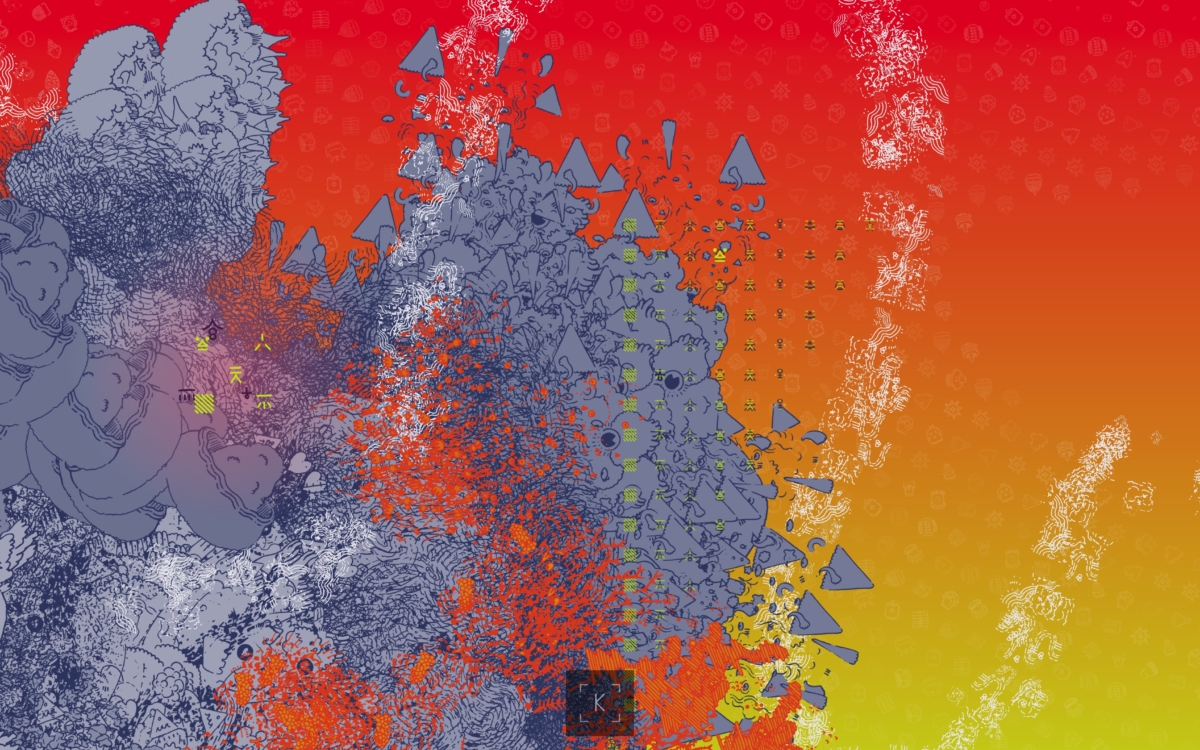
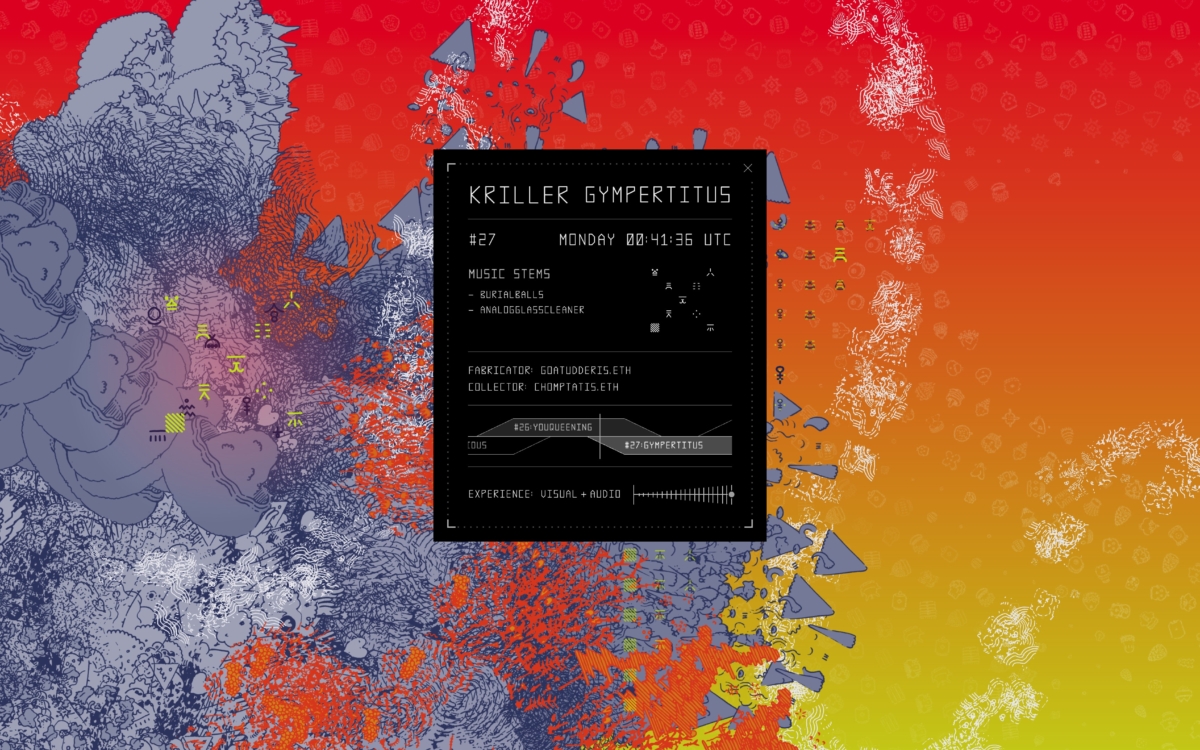
In order to achieve this, Stephen needed to create a studio workflow that would allow him to experiment and play around with sounds and effects with as little resistance as possible. In his DAW (Ableton LIVE), he created multi-track templates, which included external MIDI sends to all of his hardware synthesizers (Sequential Circuits Prophet 5, Roland SH-101, Acidlab M1am1 drum machine, Prophet VS, Yamaha DX-11, Korg Mono/poly, plus a small array of modular synths) as well as external effect sends to his hardware effects (Eventide H3000, Lexicon 300L, Lexicon Super PrimeTime, Roland RE-201 Space Echo, Thermionic Culture Culture Vulture). Stephen could then audition sounds by playing MIDI through any of the synths he was using, via patching in a patch bay, and audition effects the same way as well. He also created a small amount of guitar stems, by plugging his Fender Jazzmaster into the direct input on his sound card, and then feeding it through the outboard effects as well. All the stems were recorded as 48k/24 bit resolution wav files, and in total there are 630 unique stems in the KRILLER project. Once Stephen had recorded the stems for KRILLER, it came time to organise and create a database for them, and so James made a stemadmin for him to drag and drop the wav files into. All the files are arranged by the date they were made, and have an evocative name that is meant to encapsulate the ‘spirit’ of that stem.
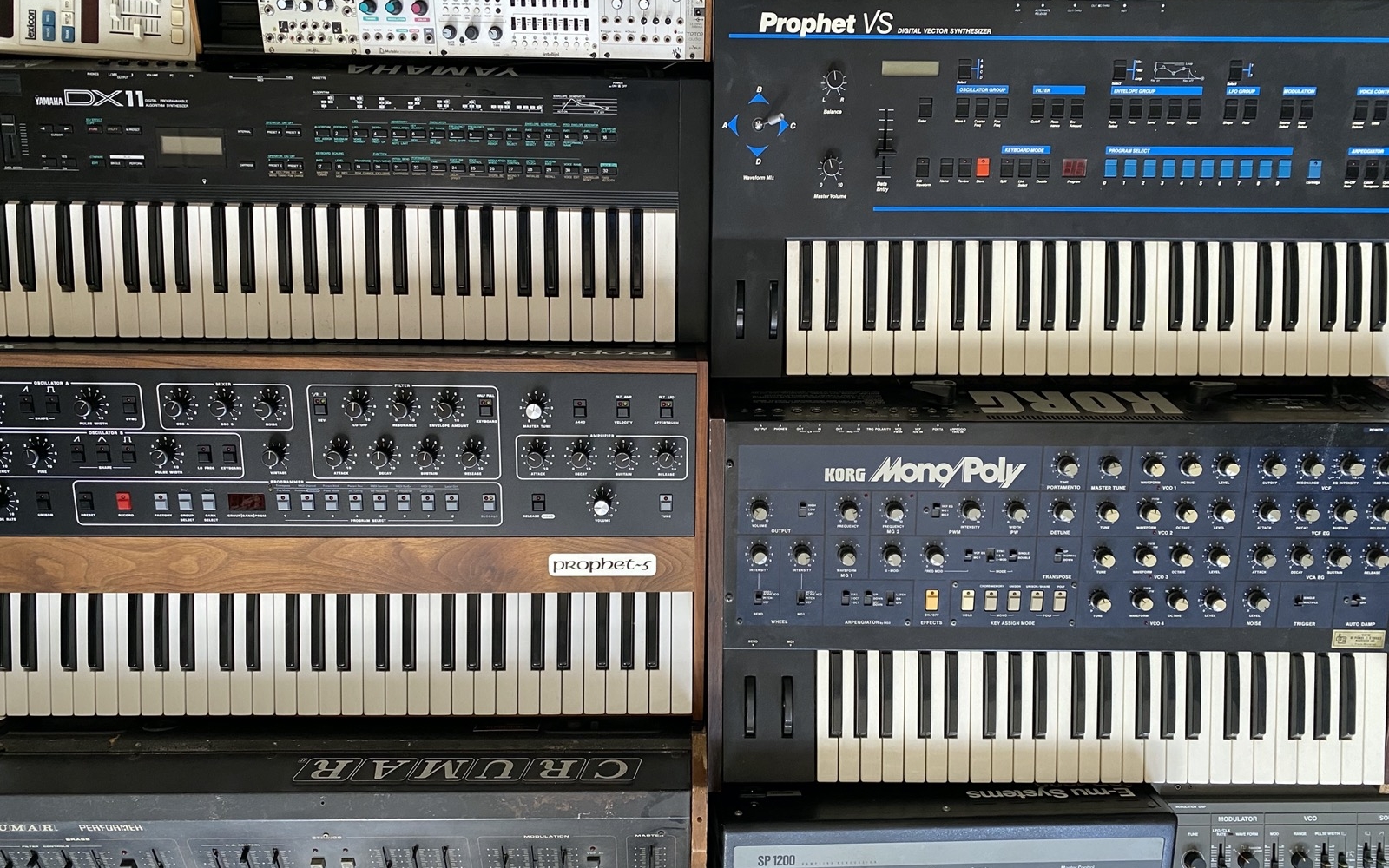
Once the music (unique stems) and visuals assets were complete, it was time to start bringing them all together into each cassette – an integral part of the project. This part of the project, and quite challenging was done by Greg Sadetsky, the technical lead on the project. Each cassette is made up of 2 or 3 “stems”, which are short audio files, all exactly 96 seconds long. Each of those stems came to Greg in uncompressed .wav format from Steve’s computer. Those 96 second stems are all in the same key of C following the same 120 bpm beat and there are 630 different, uniquely hand musically crafted stems total. One of the aspects of these cassettes is that they loop – able to go “on and on” and for that looping to be seamless and each stem must loop well. You can’t get audio looping wrong, even by a single sample – Greg.
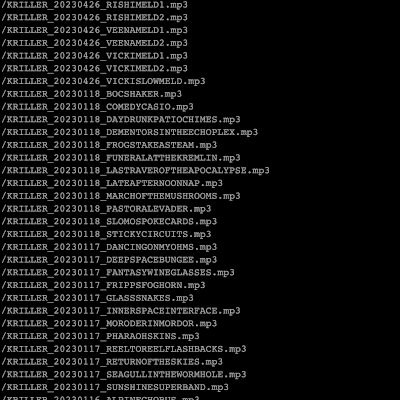
To build a cassette, Greg would layer multiple (2 or 3) stems on top of each other i.e. play them simultaneously so that their play position is synchronised. In this case, Howler was used for all of the audio needs in the browser. Synchronising things across KRILLER was a fascinating challenge. Each cassette is starting at a specific time — quick math – they have 6300 cassettes and they’re all 96 seconds long and the visuals are loading/unloading in synchronised fashion, and they need to know what specific stems are playing and how far along they are. Should they be inspecting new Date() objects or hoping that setTimeout calls might be enough to synchronise things, but sadly no. Audio tech, Greg points out, is wonderful because audio playback is supremely accurate. It has to be, it’s going by at the pace of (usually) 44,100 samples per second, equaling to 2,646,000 BPM, if each sample was a beat, which isn’t usually the case. Audio playback is central to KRILLER because they specifically base their shared knowledge of time on it. If the audio playback is at sample X, they are at time Y and prepare for events Z.
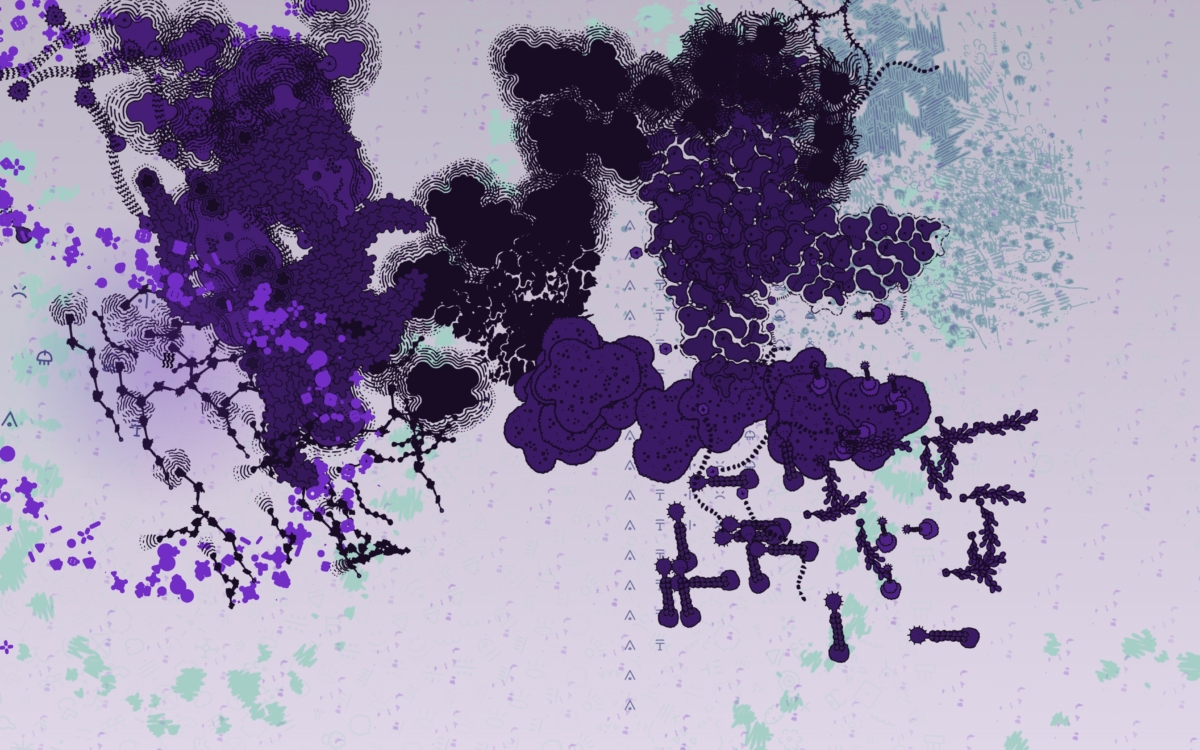
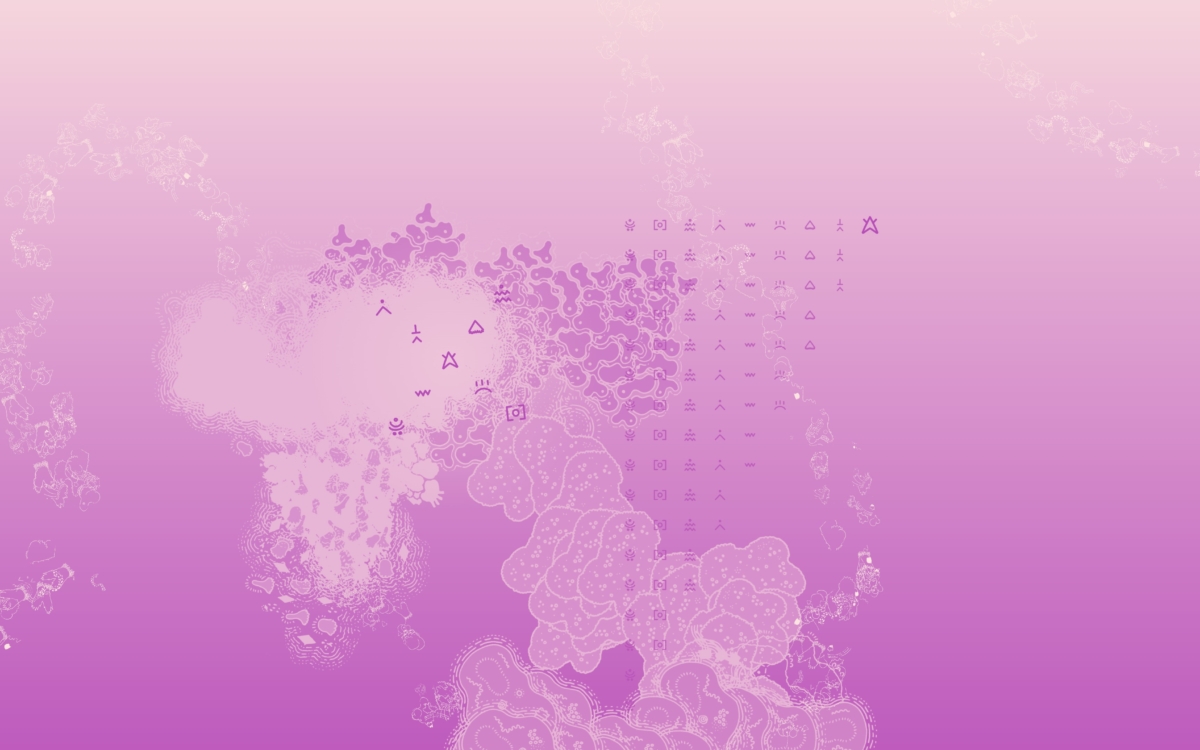
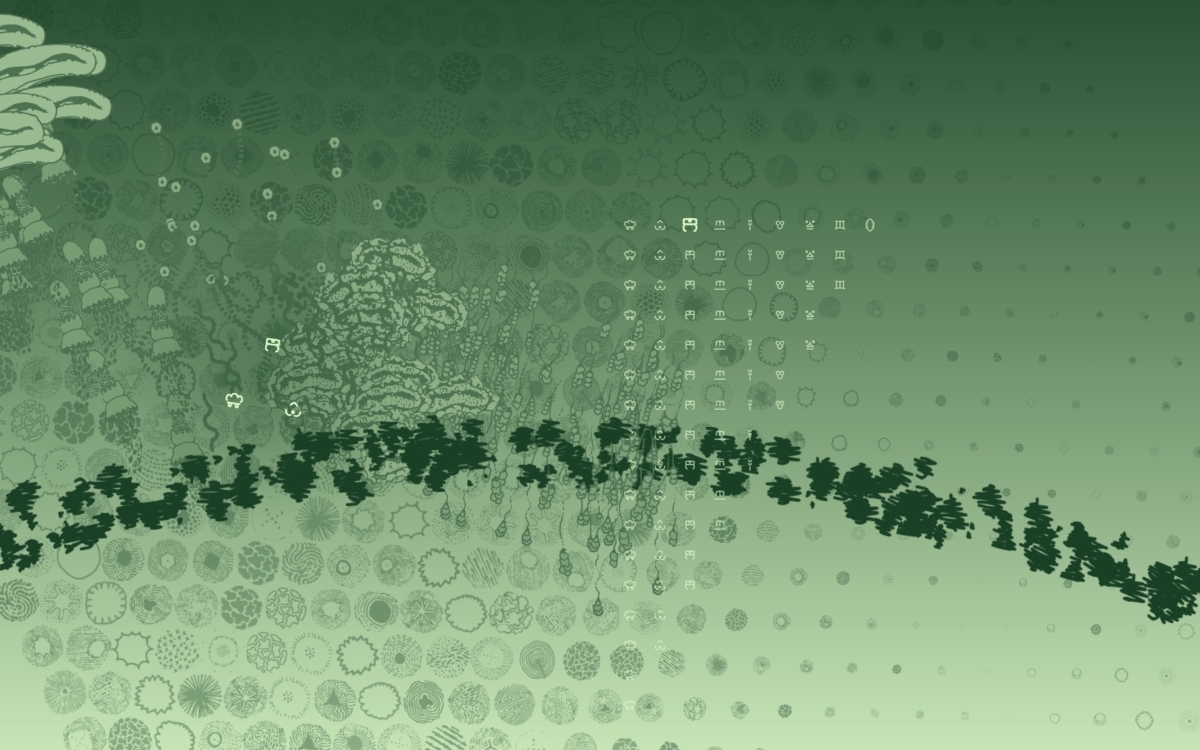
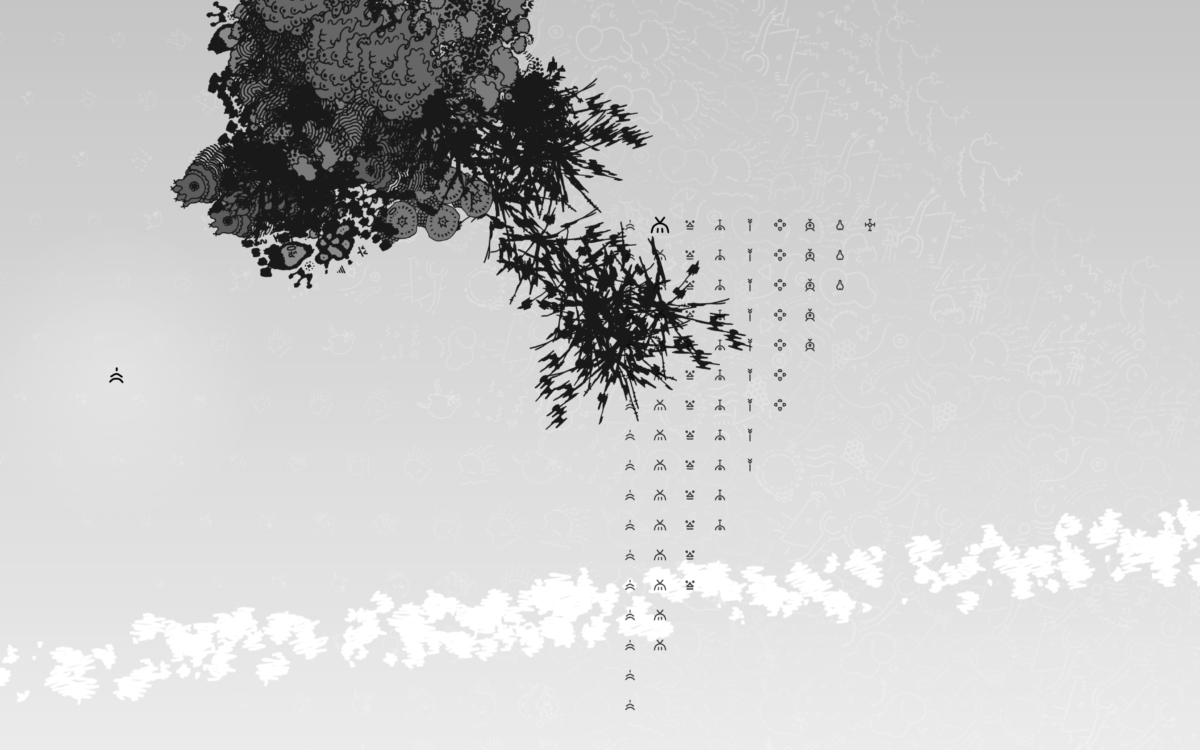
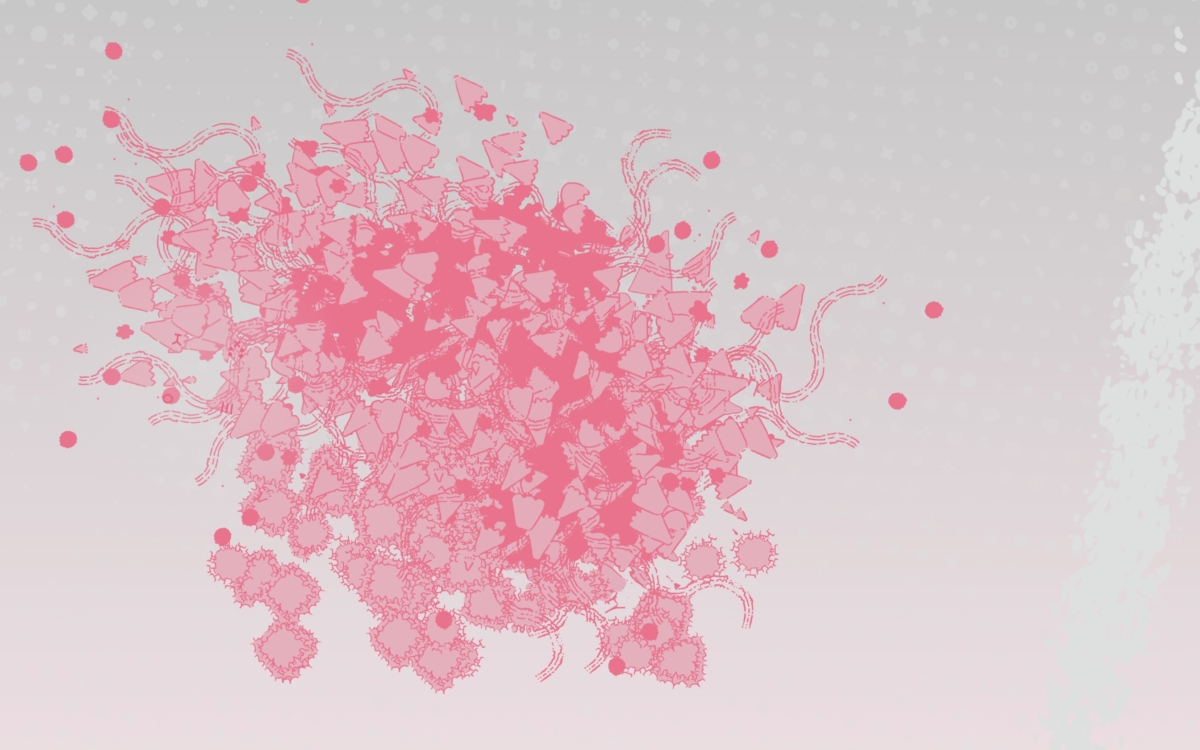
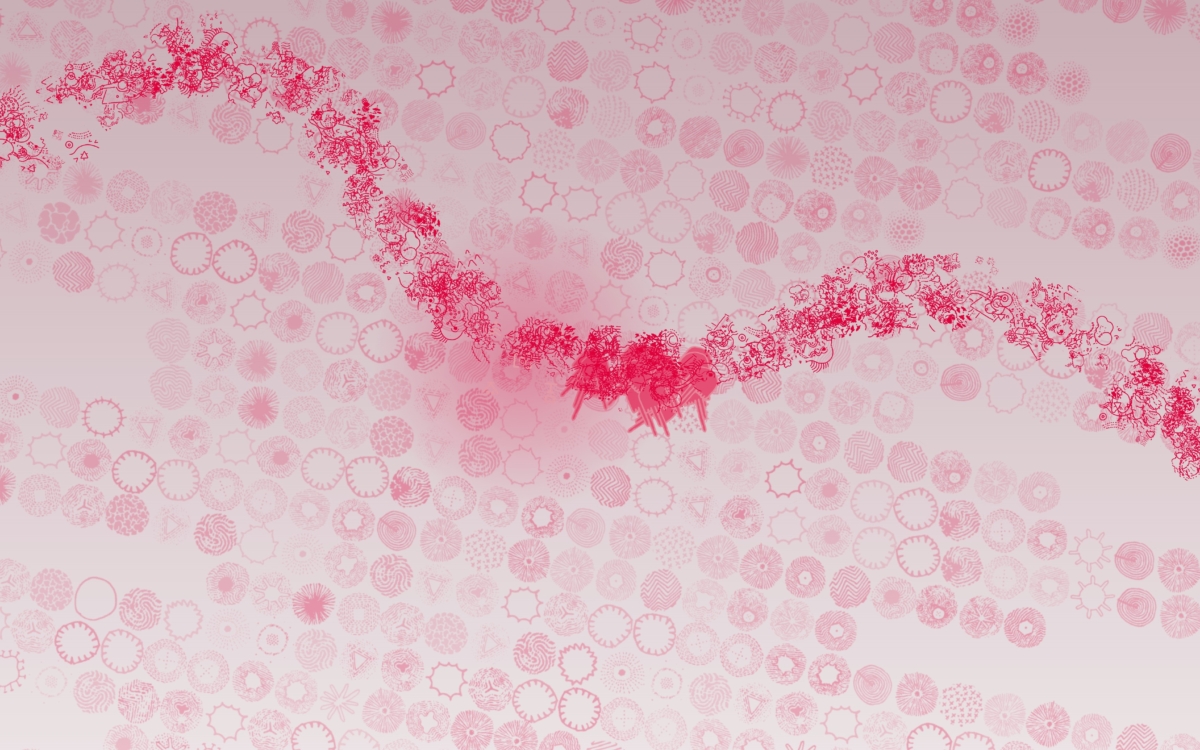
KRILLER cassettes are distributed as NFTs on the Ethereum blockchain. The smart contract created by Jacob DeHart for KRILLER is custom made with a focus on gas efficiency during the minting process. Other custom modifications were added to store which address minted the token, known on KRILLER as the FABRICATOR. The team also track the dates the tokens were last transferred, and the number of times the token was transferred. Not only does this give them information relevant to the art to display in the KRILLER BROADCAST, it also gives them the ability in the future to build upon KRILLER directly from the blockchain via new projects and smart contracts.
On June 3rd 2023 KRILLER will become available to the public – starting with CASSETTE #1 and ending with CASSETTE #6300. Once all 6300 CASSETTES have been fabricated KRILLER will settle into its final form: a single, looping weeklong ambient art broadcast for all to freely enjoy at KRILLER.COM/BROADCAST
Project Page | James Paterson | Stephen Ramsay | Greg Sadetsky | Jacob DeHart
